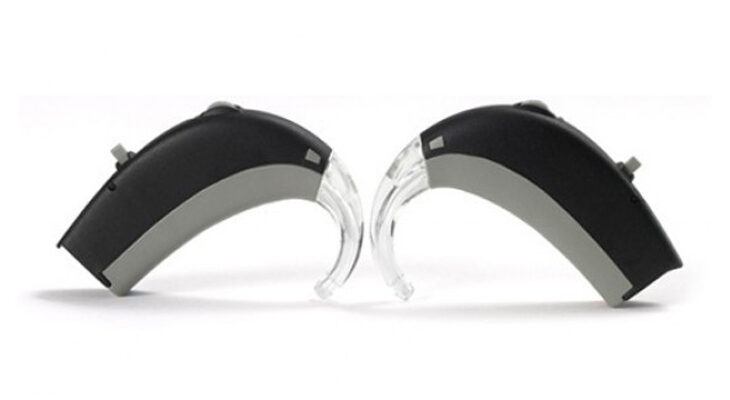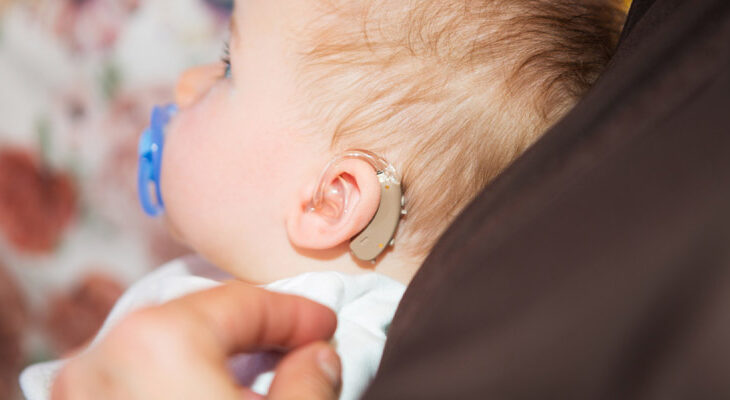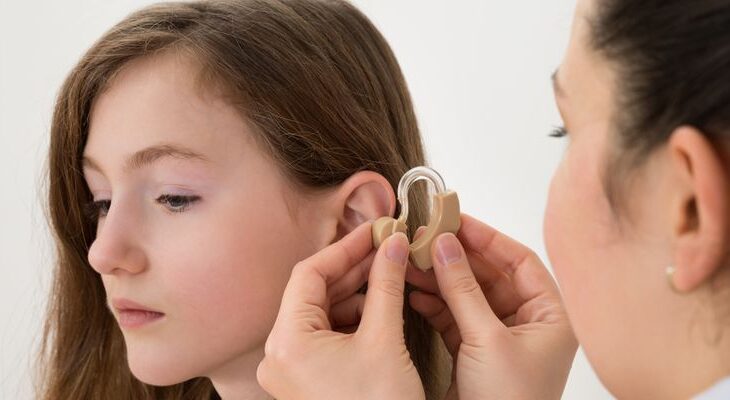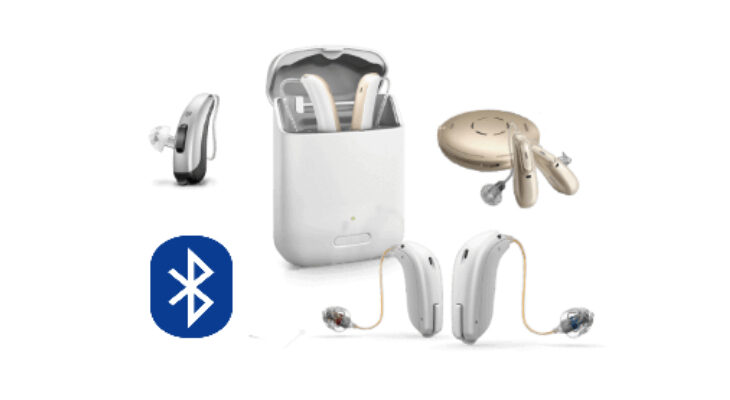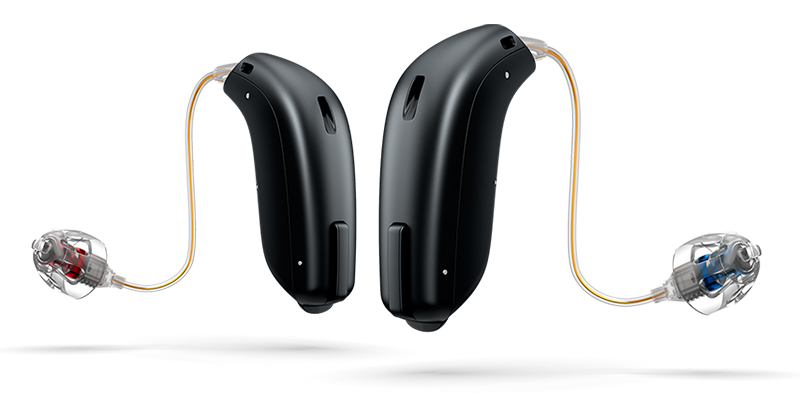
Top hearing aid technologies
With the world fast advancing with umpteen technological innovations, the advances in hearing aid technologies have also taken a giant leap and enhancing overall hearing experiences. Hearing aid makers have innovated the microphone and processor-based instrument into highly sophisticated equipment with the latest technologies. Nowadays, hearing aids are equipped with all modern conveniences like Bluetooth, smartphone controls, and rechargeable facilities. Here is a list of all the contemporary hearing aid technology and its significance amongst users.
Importance of digitally advanced hearing aid
Smart innovations in hearing aids started taking place in the last decades of the 20th century when digital instruments enabled the hearing aids to assess complex decisions and processing voices from the surrounding environment. The novel technologies also allow the users to adjust their requirements manually. Background noise reduction, wireless capabilities and improved battery life have enhanced the flexibility and fine-tuning abilities of hearing aids more than analogue hearing aids. Following are the hearing aid technologies that have revolutionized the hearing aids in recent times.
The different kinds of hearing aids
Bluetooth, Smartphone connectivity and rechargeability
Bluetooth, Smartphone connectivity and rechargeability have become essential components of hearing aids lately. These factors are crucial in making your everyday life worthy and smooth. The impact of Bluetooth in hearing aid is similar to that of any modern gadget today. These technologies enable the users to stream their favourite music or TV programs and even phone calls to your hearing aids. The smartphone app setting controls the volume or applications according to your requirements with the help of smartphones. The users can control many features of hearing aids, such as controlling the volume while in a restaurant without touching the device.
The recharging ability of a hearing aid is a great enhancement feature of hearing aids as these help the hearing devices to be operable the whole day without interruptions. It has dramatically reduced the usage of batteries making it environment friendly. Portable charging cases allow users to charge their devices at their convenience.
Noise management and speech clarity
Older versions of analogue hearing aids often interrupted the hearing with odd whistles and feedback, which made the overall hearing experiences annoying. The noise management features in the new digital hearing aid technologies comprise algorithms that identify and filter the background noises disturbing the conversations. Similarly, the AI algorithms have significantly contributed to enhancing the speech clarity in challenging contexts. Echo adjustments, spatial configurators, and narrow directionality are the advanced features that make the speech distinct and clear.
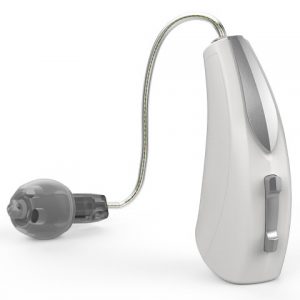 Natural sound experience
Natural sound experience
The users generally find it difficult to hear voices amidst environmental interruptions. The new features assist the hearing aids to detect the user’s environment over 10,000 times, including the motions, to adjust sounds and deliver an ideal output.
Acoustics and motion sensors
Individuals with hearing difficulties usually find it hard to analyze the sounds around them. Most of them realize it too late when adversities strike. The acoustics and motor sensors allow the hearing aids to identify the sounds in 3D and thereby to help the users to react accordingly. These features are known to stimulate the brain to decide what should be listened to and how to respond.
Binaural processing
Most often, individuals mistake that hearing aids are necessary only for the impaired ear. But in reality, two hearing aids with average technology is essential for a better hearing. Binaural processing allows communication between the pair of hearing aids wirelessly. This technology keeps the hearing aids to operate synchronously and to stream signals from one hearing aid to another.
Tinnitus masking
The sharp ringing and other sounds in the ears can make the audibility considerably inferior. This impairment, also known as Tinnitus, is often connected to hearing loss among individuals and an estimated 80% of them having Tinnitus is said to be suffering from hearing loss. Though the impairment does not lead to hearing losses, the external ringing noises can be extremely annoying. The tinnitus therapies can aid in masking these noises and lends relief to the sufferers.
Voice processing
Individuals usually hear their voices differently. The innovative hearing aid technology processes the individual’s voice independent of all other noises.
Read More About : All You Need To Know About Bluetooth Hearing Aids







